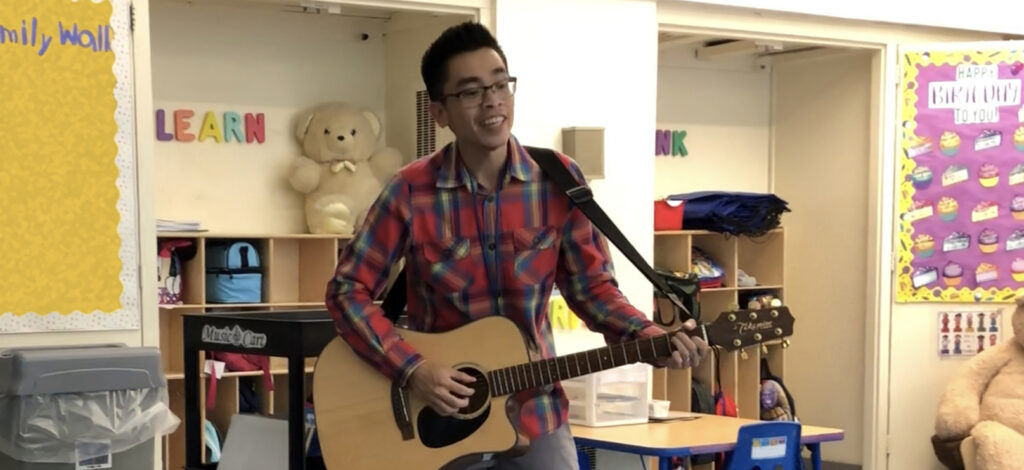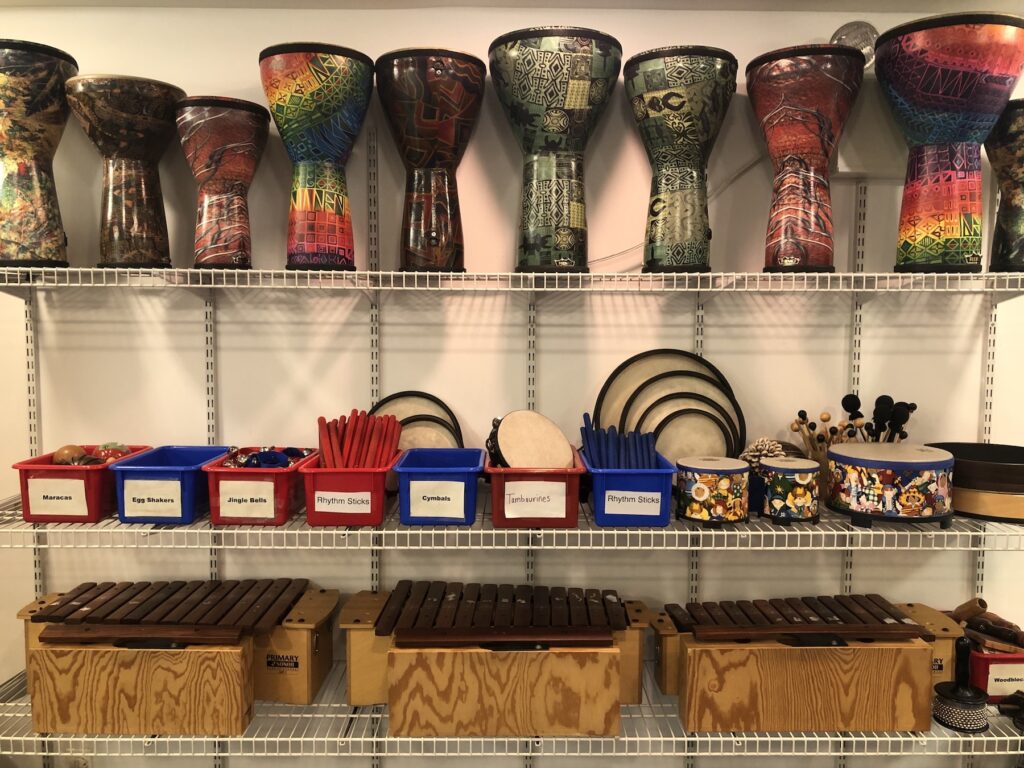
As a music educator, I have taught children in Pre-K through Grade 7 at public and private schools. I have also developed and led music programming at summer day-camps, after-school programs and in early childhood settings. I am currently working as an elementary and middle school music teacher in New York City.
In 2007, I designed and delivered a four-month after-school music program at KidSafe Project Society that was featured on CTV News and Shaw Multicultural Channel in Vancouver, BC. Since then, I have become well-practiced in designing dynamic curriculums, lessons and activities that not only meet state learning standards, but also spark students’ interest and curiosity through a progressive educational approach.
While people of all ages can engage in musical experiences for enjoyment, my belief is that music literacy can lead to personal development in other areas such as self-expression, abstract thinking, mathematical skills, cognitive ability and creative output.
Joseph Lee, Music educator

Children and youth learn most effectively when content is engaging, compelling and relevant. Feel free to try out some of these original ways that I have taught foundational music concepts:
Learning Standard: Explore and demonstrate awareness of musical contrasts between high and low pitch (Kindergarten)
Using digital audio software, create instrumental pieces that feature repeated melodies played in both high and low registers. For each piece, ensure that all other musical elements remain the same throughout so that pitch is the only cue the students have to discern between high and low. Have students identify whether they hear high or low pitches by moving around the room in a corresponding way while listening carefully. Provide a theme and incorporate visual aids to keep it interesting – for example, butterflies and airplanes can fly high or low. Once students have mastered this, increase the level of challenge by adding medium registers in between. In the following example I created using GarageBand, I asked students to either walk upright like a T-Rex or crawl on the floor like a stegosaurus:
Learning Standard: Read and perform rhythmic patterns using standard music notation (Grade 1)
After learning about quarter notes (“ta”), eighth notes (“ti-ti”) and quarter rests (“rest”), students can reinforce their rhythmic discrimination skills through playing this game that I have named Shark Attack! First, display the music notation for a four-beat “warning rhythm” to represent that a shark is quickly approaching. For example:

Instruct students to “swim” by moving around the room while imitating swim strokes with their arms. Next, clap a variety of four-beat rhythms, one at a time; students should continue to swim if the clapped rhythms do not match the warning rhythm. Once the actual warning rhythm is heard and recognized – Shark Attack! – students should drop to the floor to avoid being seen and eaten by the shark! Swap out the warning rhythm for a new one after each turn. You can add your own flair to this game by playing the role of the shark, narrating a storyline, providing visual aids on a SMART Board, requiring specific swim strokes, or adding tropical background music to set the scene.
Learning Standard: Demonstrate musical ideas for an arrangement to express intent, and explain the connection to purpose and context (Grade 4-5)
Students can learn about the concepts of tempo and bpm (beats per minute) through creating simple mash-ups. First, have students search for the bpm of a favorite song using a website such as songbpm.com; next, have them retrieve a list of other songs with the same bpm using a website such as jogfm.com. Students will then take the vocal-only audio of one of the songs and layer it on top of the instrumental-only audio of the other song. Both songs need to be popular enough for audio-only and instrumental versions to be available on YouTube, but more advanced students can use software to manipulate the bpm for any two songs to match. You may need to assist with syncing the two audio tracks so that the beat drops at the same time when played together. One of my students was able to create an impressive mash-up of Lil Nas X’s Old Town Road with Ariana Grande’s 7 Rings. This is a great way for students to discover if they have interest in electronic music, sound engineering or developing skills to become a DJ.
Learning Standard: Describe how performers’ application of the elements of music within genres and cultural context conveys expressive intent (Grade 6-7)
The habanera, tresillo, tango, tango-congo and son clave rhythms are simple Latin rhythms that can be used to introduce students to world beat as they are easy to learn and master. Have students compare and contrast these syncopated rhythms to straight quarter notes, and apply them using drums, claves or body percussion to familiar Latin pop hits:
- Despacito by Luis Fonsi and Daddy Yankee featuring Justin Bieber
- Danza Kuduro by Don Omar featuring Lucenzo
- Vivir Mi Vida by Marc Anthony
- Bailando by Enrique Iglesias featuring Descemer Bueno and Gente De Zon
- Corazón by Maluma featuring Nego do Borel
Students can also perform these syncopated patterns over songs from other genres to add a distinct Latin flavor, and discuss how rhythm influences the way music is perceived by the listener.
Please check back soon for more original teaching ideas!